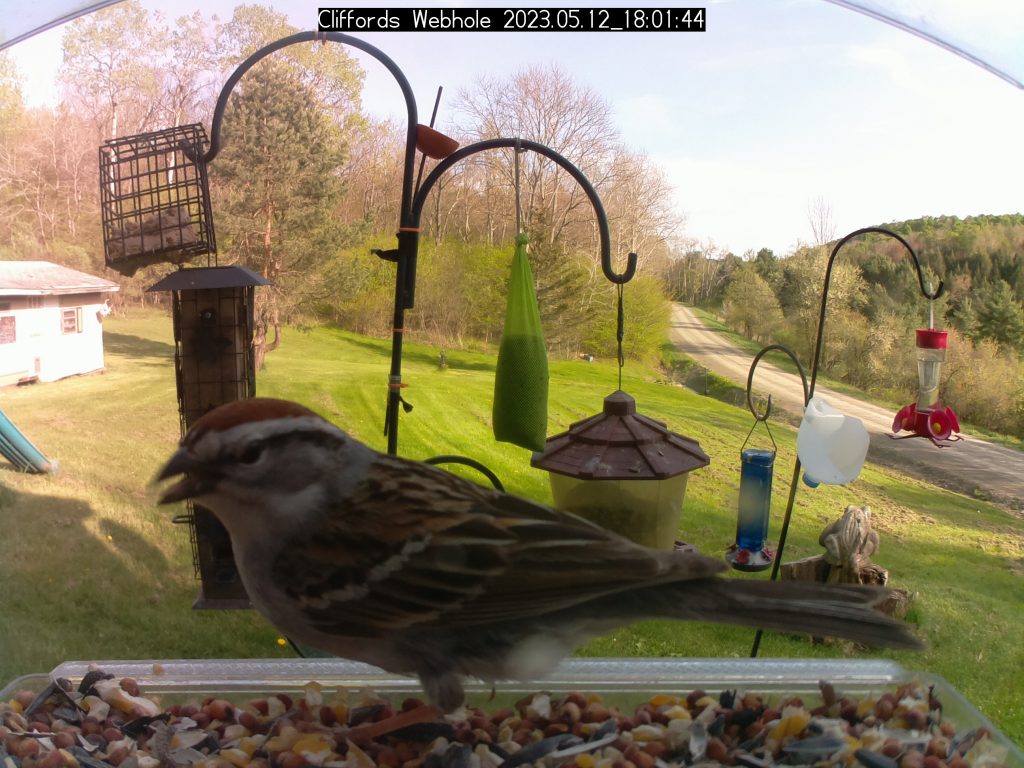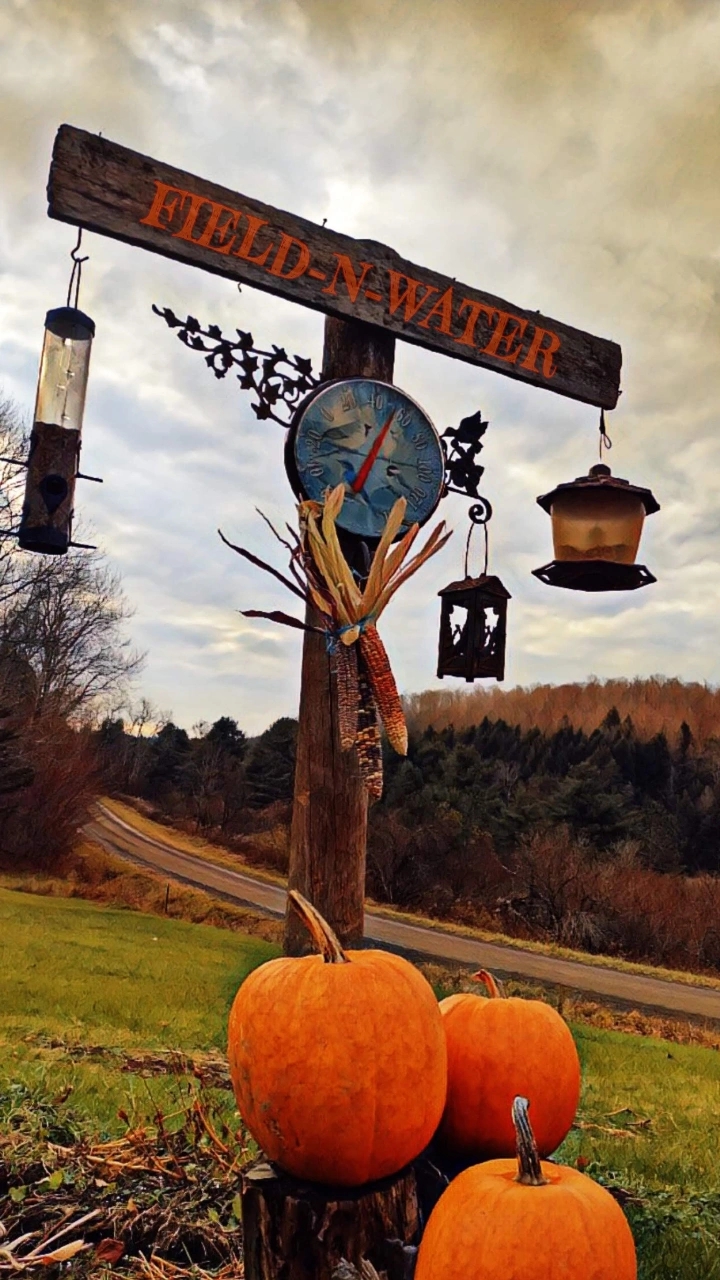A Comprehensive Guide

The Chirping Sparrow, also known as the House Sparrow (Passer domesticus). Is a small bird species with a rich history and diverse range. In this comprehensive article, we will delve into the fascinating aspects of the Chirping Sparrow. Including its historical background, distribution, breeding habits, and eating habits. Whether you’re a bird enthusiast or simply curious about this ubiquitous species. This article aims to provide you with valuable insights.
History of the Chirping Sparrow:
The Chirping Sparrow has a long history intertwined with humans. Originally native to Europe, Asia, and North Africa, this species has been intentionally introduced to various parts of the world. Including North America, Australia, and South Africa. Humans have played a significant role in their expansion, unintentionally facilitating their colonization through urbanization and agricultural practices.
Range and Distribution:
Chirping Sparrows have achieved remarkable global distribution. They can now be found across most continents, excluding Antarctica. Their ability to adapt to various habitats has contributed to their success. In terms of range, they have expanded. From their original range in Europe, Asia, and North Africa to urban and rural areas worldwide.
Chirping Sparrow Breeding Habits:
Chirping Sparrows are monogamous and form pair bonds during the breeding season. They are cavity nesters and often choose man-made structures, such as buildings, for nesting. Nest construction involves using materials like twigs, grass, feathers, and other debris. Females lay multiple clutches per breeding season, with each clutch consisting of 3 to 7 eggs. Incubation is primarily done by the female, lasting around 10 to 14 days. Both parents share the responsibility of feeding the chicks once they hatch.
Eating Habits:
Chirping Sparrows are primarily granivorous, meaning they predominantly consume seeds and grains. They are opportunistic feeders and have adapted to human-altered environments by incorporating human food scraps into their diet. They also feed on various insects, spiders, and other small invertebrates. Particularly during the breeding season when a protein-rich diet is essential for their growing chicks.
Conservation Status:
The Chirping Sparrow is currently categorized as a species of least concern by conservation organizations. However, its introduction and expansion have raised concerns. About its impact on native bird species and agricultural crops in some regions. Monitoring their populations and addressing potential ecological impacts are important for maintaining a balanced avian community.
Conclusion:
The Chirping Sparrow, or House Sparrow, is a remarkable species with a fascinating history and a broad global distribution. From its origins in Europe, Asia, and North Africa. To its successful colonization in urban and rural areas worldwide. This species has captivated the attention of bird enthusiasts and researchers alike. Understanding their breeding habits, eating habits, and conservation status is crucial. For appreciating their ecological role and managing their populations effectively.
By providing comprehensive insights into the history, range, breeding habits, and eating habits. This guide aims to promote a better understanding of this iconic avian species. Let us cherish the presence of these lively chirpers and strive for a harmonious coexistence between humans and nature.

Leave a Reply
You must be logged in to post a comment.